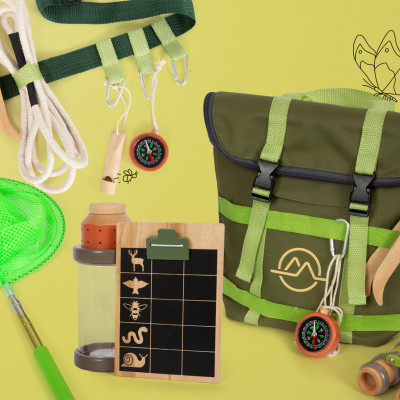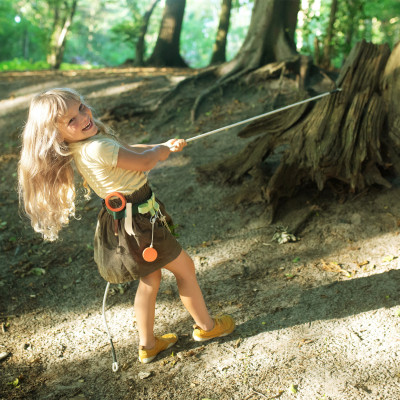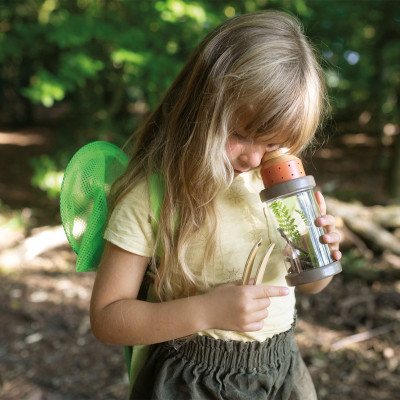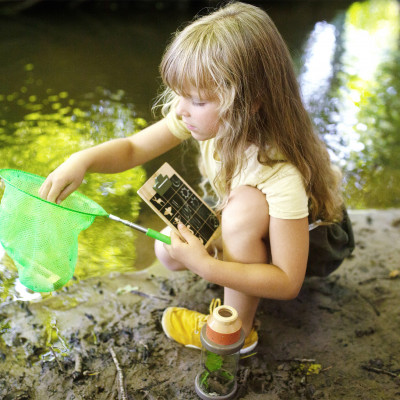Good to know when it comes to carving with children:
Keeping children far away from the dangers of sharp or pointy objects is one of adults' biggest drives. However, it's not necessarily desirable to constantly give in to this drive because knives and scissors are everyday objects that we often use. Children strive to imitate the "grown-ups", help them with tasks, and take part in what's going on. It's therefore actually much riskier if they gain their first experiences with knives that aren't meant for children alone and without parental knowledge. Children only develop risk competence gradually under supervision and with firm rules in place. A diverse set of experiences with various tools and materials will eventually make them routine and lead to more safety. Carving is valuable in an educational sense: it trains fine motor skills, endurance, creativity, self-confidence, and everyday skills. It's also a welcome opportunity to spend time out in nature. But this is important: those who want to carve need a sharp blade, since you need to use more strength with dull blades, which can lead to slipping. Even better are knives that also have a rounded tip to avoid puncture wounds. In order to keep small hands and other children or people present safe and healthy, it's crucial to ensure kids follow the most important rules when it comes to using knives and supervise their use.




